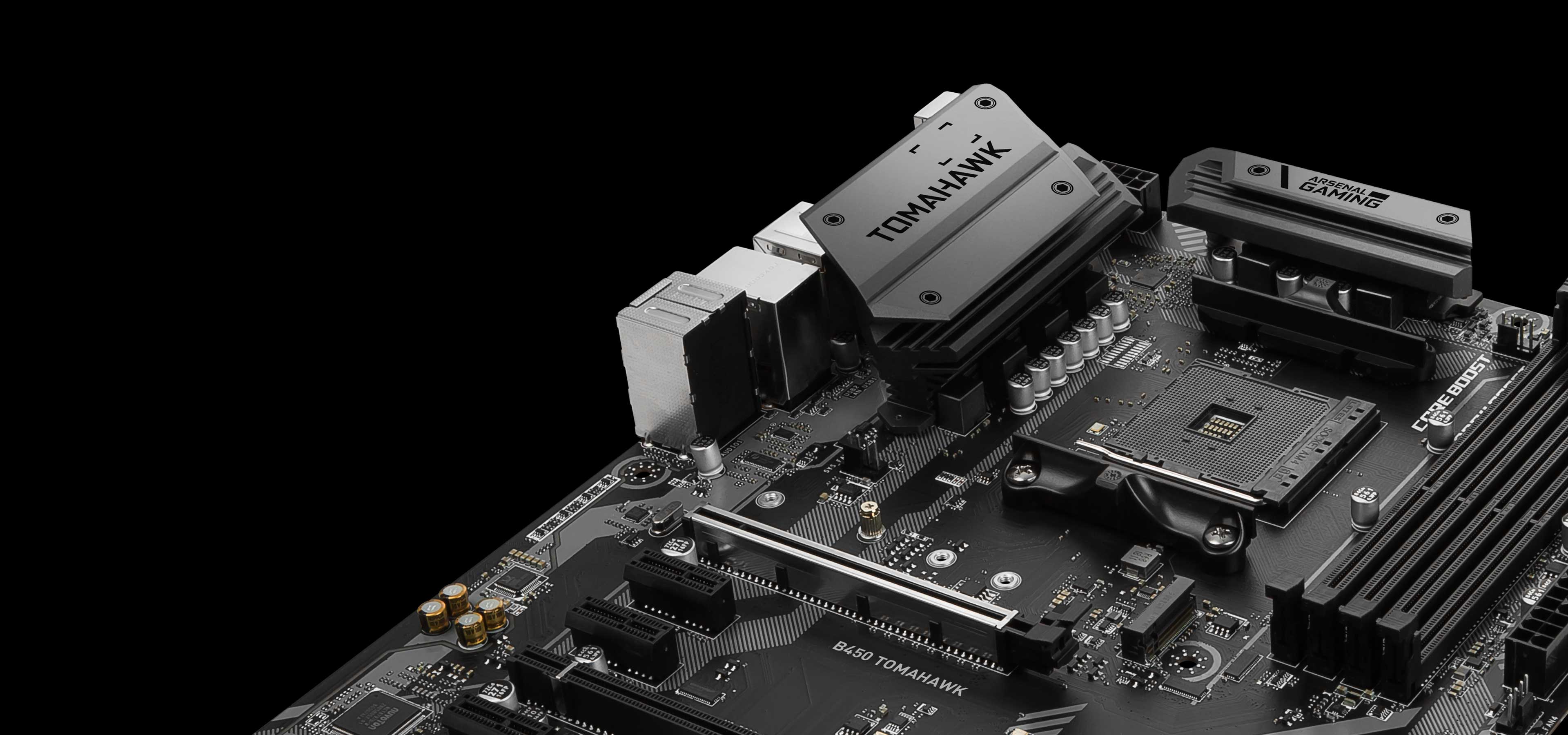That's something you'll have to, and would be wise to, think about. Those low profile, small coolers, are not going to do a great job on a CPU that has a high TDP or high core count. The smallest cooler I'd even consider for use on a 3700x system would be something like the Thermalright True Spirit Direct 140 or Noctua NH-U14S.
Below is my list of preferred CPU AIR coolers, also known as Heatsink fans (HSF).
Do not look here for recommendations on water/liquid cooling solutions. There are none to be found.
BEFORE seriously considering ANY cooler, make sure to compare it's height with the maximum CPU cooler height supported by your case. If a cooler won't fit, then there isn't much point in looking at it anyhow unless you are willing to replace the case with a larger, more accomodating model. It should probably go without saying that the recommendations below are NOT intended for systems that incorporate small form factor or mini ITX type enclosures. These are generally for standard ATX tower cases. For recommendations on coolers for very small enclosures, there are many of us around here that can offer some suggestions based on the use case.
A good air cooler works just as well for most applications. There are very few instances I can think of where an AIO will work better than a good air cooler, and even fewer where an AIO will outperform an air cooler if you are willing to buy the right air cooler and then level up by adding some even higher end fans to it.
Loops leak. Heatsinks don't. Pumps fail, FAR more often and usually with far worse consequences, than fans do.
And unlike a heatsink fan assembly, when your pump fails for 99% of AIO coolers, you will be replacing the whole thing, for another 100+ dollars, rather than just a 25 dollar investment for the failure of a fan. Especially since I've rarely seen dual fan coolers have both fans fail at the same time, but even if you factor in two fan failures that's still only about fifty bucks compared to the 100+ it will cost to replace an AIO with a failed pump. And you WILL have a failed pump on most AIO coolers within three years of purchase. Seeing one last longer than five years is possible, but it is not particularly common and we often, very often, see them fail at around the 3 year mark. Sometimes much sooner.
Pump quality and longevity is an area that needs GREAT improvement before AIO coolers will become a primary recommendation for me.
I see a lot of AIO coolers leak and damage hardware as well.
Certainly there are situations where an AIO is called for, or even preferred, but those are MOSTLY aesthetic considerations, because let's face it, a build with an AIO or custom loop generally "looks" a lot cleaner than one that has a big heatsink taking up half the real estate inside your case. When that is the case, I have recommendations for those as well, but I don't offer them unless somebody is specifically asking to go that route.[/B]
They are basically listed in order of preference, from top to bottom. To some degree that preference is based on known performance on similarly overclocked configurations, but not entirely. There are likely a couple of units that are placed closer to the top not because they offer purely better performance than another cooler which is below it, but potentially due to a variety of reasons.
One model might be placed higher than another with the same or similar performance, but has quieter or higher quality fans. It may have the same performance but a better warranty. Long term quality may be higher. It may be less expensive in some cases. Maybe it performs slightly worse, but has quieter fans and a better "fan pitch". Some fans with equal decibel levels do not "sound" like they are the same as the specific pitch heard from one fan might be less annoying than another.
In any case, these are not "tiered" and are not a 100% be all, end all ranking. They are simply MY preference when looking at coolers for a build or when making recommendations. Often, which HSF gets chosen depends on what is on this list and fits the budget or is priced right at the time due to a sale or rebate. Hopefully it will help you and you can rest assured that every cooler listed here is a model that to some degree or other is generally a quality unit which is a lot more likely to be worth the money spent on it than on many other models out there that might look to be a similarly worthwhile investment.
Certainly there are a great many other very good coolers out there, but these are models which are usually available to most anybody building a system or looking for a cooler, regardless of what part of the world they might live in. As always, professional reviews are usually an absolutely essential part of the process of finding a cooler so if you are looking at a model not listed here, I would highly recommend looking at at least two or three professional reviews first.
If you cannot find two reviews of any given cooler, it is likely either too new to have been reviewed yet or it sucked, and nobody wanted to buy one in order to review it plus the manufacturer refused to send samples out to the sites that perform reviews because they knew it would likely get bad publicity.
IMO, nobody out there is making better fans, overall, than Noctua, followed pretty closely by Thermalright. So if you intend to match case fans to the same brand on your HSF, those are pretty hard to beat. Of course, Corsair has it's Maglev fans, and those are pretty damn good too, but they tend to be more expensive than what are in my opinion better fans by these other two, so while they are good products they don't have the same noise characteristics and are probably better suited for configurations where sheer brute force is preferred over low noise that still gives good performance. Also, as with most fan models out there, don't look at the specifications for the non-RGB Maglev fan models and think that you'll be getting the same specs on any RGB versions, because you won't. Fans with RGB tend to sacrifice both maximum CFM and static pressure for the right to stuff the RGB electronics under the hood.
Noctua NH-D14 (Replace stock fans with NF-A14 industrialPPC 2000rpm)
Noctua NH-D15/D15 SE-AM4
Noctua NH-D14 (With original fans)
Thermalright Silver arrow IB-E Extreme
Cryorig R1 Ultimate or Universal
Thermalright Legrand Macho RT
Phanteks PH-TC14PE (BK,BL, OR or RD)
Thermalright Macho X2
Deepcool Assassin III
Thermalright Macho rev. C
Thermalright Macho rev.B
Thermalright ARO-M14G (Ryzen only)
Thermalright Macho direct
SilentiumPC Fortis 3 HE1425
Deepcool Assassin II
Be Quiet Dark rock Pro 4
Noctua NH-U14S
Thermalright true spirit 140 Direct
It may not be obvious, but is probably worth mentioning, that not all cooler models will fit all CPU sockets as aftermarket coolers generally require an adapter intended for use with that socket. Some coolers that fit an AMD platform might not fit a later AMD platform, or an Intel platform. Often these coolers come with adapters for multiple types of platforms but be sure to verify that a specific cooler WILL work with your platform before purchasing one and finding out later that it will not.
It might also be there is a way for you to incorporate an AIO cooler into your desk build, if that is something you are interested in doing.





